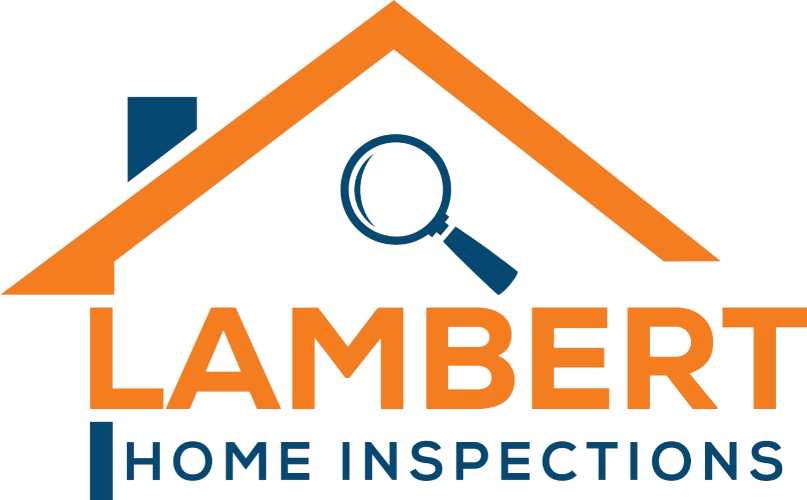The home inspection is an important part of the home-buying process, yet it tends to cause anxiety for buyers and sellers alike. Part of this is because people don’t really know what to expect from the inspection: not only might the inspector find a deal-breaker of a problem, but the process itself is a bit of a mystery if you’ve never purchased a home before.
Whether you’re already under contract or just beginning to consider buying a home, here’s what you need to know to prepare for your home inspection.
What Does a Home Inspection Cover?
The house will be examined from top to bottom. RealtorMag and the American Society of Home Inspectors outline several essential inspection areas:
- Structure: The foundation and framing should be prepared to handle various weather conditions and the long-term effects of gravity.
- Exterior: This includes the exterior doors, driveway, porch/patio, siding, windows, and more.
- Roof: The condition of the shingles and any drainage issues will be made clear to you. Skylights and chimneys are also examined.
- Plumbing: The inspector will check for small issues that may indicate larger (or soon-to-become) problems, like rust on the pipes or poor water pressure.
- Electrical: This includes breakers, conductors, service entrance wires, and “a representative number of installed lighting fixtures, switches, and receptacles.”
- Heating and Air Conditioning: The inspector will identify the energy source for these systems and inspect the vents and permanently installed equipment.
- Interior: The walls, ceilings, and floors will be examined, along with installed appliances, stairs and railings, and some permanent cabinets, windows, and interior doors. Remember, the inspector is looking for structural defects and damage, not aesthetic issues.
- Ventilation and Insulation: The inspector will check the exhaust systems in the kitchen, bathroom, and laundry areas as well as ventilation for the attic and other areas.
- Fireplace: The inspector will ensure the fireplace damper is working properly. Checking for proper installation and flues is not required, just a bonus.
What’s NOT Covered on Most Home Inspections?
It’s important to note that the inspection is done without judgment; that is to say, your inspector will tell you about the condition of the house, but will not make a call on whether or not it’s a good idea to buy it. It’s up to you to determine if an item is worth fixing or if you want the seller to repair it before you are willing to buy the house.
Despite the thorough nature of the inspection, there is still a long list of items and situations that are not covered on most home inspections. Here are a few of them:
- Property boundaries.
- The reason a particular item is in its current condition.
- Estimations about the future condition or the life expectancy of an item.
- The presence of rats, mold, fungus, airborne hazards, lead paint, asbestos, or hazardous waste.
- Air quality.
- Whether or not a home has complied with county codes.
- Cost estimates for repair or replacement.
- Concealed defects or problems.
- Aesthetic issues (like peeling paint) and decorative items.
- Seasonal accessories like screens or shutters.
- Alarms, intercoms, and security systems.
- Anything that would require the inspector to dismantle something, enter a dangerous situation, or move a personal item.
How Long Do Home Inspections Take?
This depends partly on the size of the property, but you should expect to devote a morning or an afternoon to the inspection. The average inspection takes around 2-3.5 hours.
Do I Need to Be There?
Yes, you want to make sure you’re there for the inspection. It’s an opportunity to learn more about your future home and fully understand any issues that may be present before you make a final purchasing decision. Inspectors expect you to attend and are more than happy to answer any questions you have as the inspection progresses.
What Does a Home Inspection Report Look Like?
Inspection reports are prepared with the home buyer in mind, meaning they’re formatted for easy reading and navigation, and, in our highly-technological age, they are mobile-friendly. It’s important to read your report carefully, and a well-prepared report makes it easy to do that.
What Do I Do Next?
It’s time to meet with your real estate agent to discuss the report. Remember: the house can’t pass or fail the inspection. The inspection provides the information, and you choose what to do about it:
No home will have a flawless inspection report. Your agent will be able to help you determine which defects are enough to make you reconsider the purchase, which are worth fixing on your own, and which you should ask the seller to repair before you buy the home.
At Lambert Home Inspections, we’re committed to providing a highly detailed, easy-to-read report so you can make an informed decision about the house. We’re happy to answer your questions, so feel free to contact us to learn more about the home inspection process or to schedule your inspection.
Servicing Most Towns and Cities within VA
- Albemarle County
- Amelia County
- Arlington County
- Caroline County
- Charles City County
- Chesterfield County
- Clarke County
- Culpeper County
- Fairfax County
- Fluvanna County
- Fauquier County
- Frederick County
- Greene County
- Hanover County
- Henrico County
- King and Queen County
- King George County
- King William County
- Lancaster County
- Loudoun County
- Louisa County
- Madison County
- Middlesex County
- Northumberland County
- New Kent County
- Orange County
- Page County
- Prince William County
- Rappahannock County
- Richmond County
- Rockingham County
- Shenandoah County
- Spotsylvania County
- Stafford County
- Washington County
- Warren County
- West Moreland County
Servicing Most Towns and Cities within MD & WV
- Ann Arundel County
- Berkeley County
- Calvert County
- Charles County
- Frederick County
- Jefferson County
- Montgomery County
- Morgan County
- Prince George County
- St. Marys County
- Washington County
From Our Blog
Lambert Home Inspections
9087 Cottage Loop
Bristow, VA. 20136
(703) 468-8522
Office@LambertHomeInspections.com



